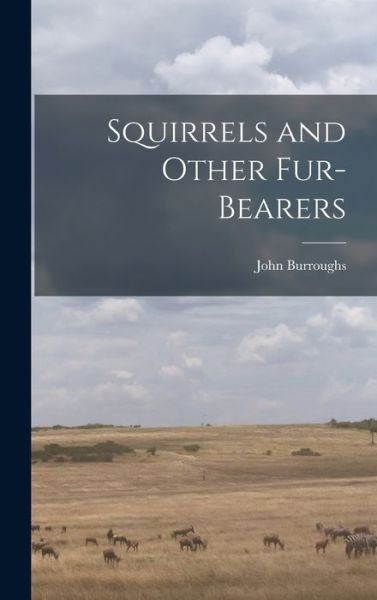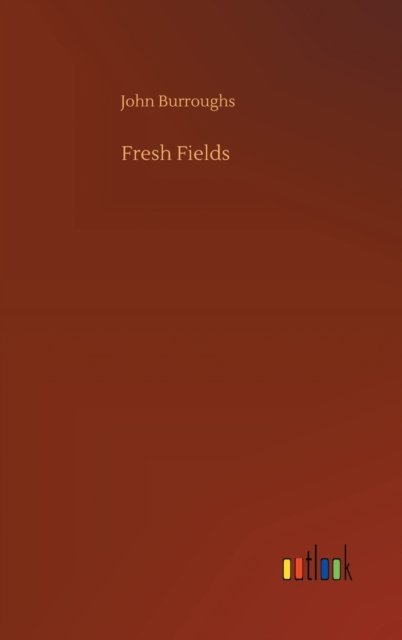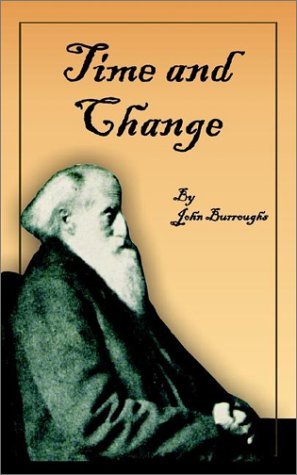
Tell your friends about this item:
Time and Change
John Burroughs
Time and Change
John Burroughs
If we know anything of the earth's past history, we know that the continents were long informing, that they passed through many vicissitudes of heat and cold, of fire and flood, of upheavaland subsidence-that they had, so to speak, their first low, simple rudimentary or invertebrate life, that they were all slow in getting their backbones, slower still in clothing their rock ribs with soil andverdure, that they passed through a sort of amphibian stage, now under water, now on dry land, thattheir many kinds of soils and climes were not differentiated and their complex water-systemsestablished till well into Tertiary times-in short, that they have passed more and more from thesimple to the complex, from the disorganized to the organized. When man comes to draw hissustenance from their breasts, may they not be said to have reached the mammalian stage?The fertile plain and valley and the rounded hill are of slow growth, immensely slow. But anygiven stage of the earth has followed naturally from the previous stage, only more and more andhigher and higher forces took a hand in the game. First its elements passed through the stage of fire, then through the stage of water, then merged into the stage of air. More and more the aerialelements-oxygen, carbon, nitrogen-have entered into its constituents and fattened the soil. Thehumanizing of the earth has been largely a process of oxidation. More than disintegrated rock makesup the soil; the air and the rains and the snows have all contributed a share. The history of the soil which we turn with our spade, and stamp with our shoes, covers millionsupon millions of years. It is the ashes of the mountains, the leavings of untold generations of animaland vegetable life. It came out of the sea, it drifted from the heavens; it flowed out from the fieryheart of the globe; it has been worked over and over by frost and flood, blown by winds, shoveledby ice, -mixed and kneaded and moulded as the house-wife kneads and moulds her bread, -refining and refining from age to age. Much of it was held in solution in the primordial seas, whenceit was filtered and used and precipitated by countless forms of marine life, making a sediment that intime became rocks, that again in time became continents or parts of them, which the aerial forcesreduced to soil. Indeed, the soil itself is an evolution, as much so as the life upon
| Media | Books Paperback Book (Book with soft cover and glued back) |
| Released | February 21, 2021 |
| ISBN13 | 9798711441625 |
| Publishers | Independently Published |
| Pages | 122 |
| Dimensions | 152 × 229 × 7 mm · 190 g |
| Language | English |
More by John Burroughs
More from this series
See all of John Burroughs ( e.g. Paperback Book , Hardcover Book and Book )




































